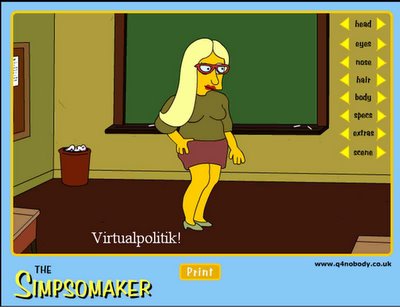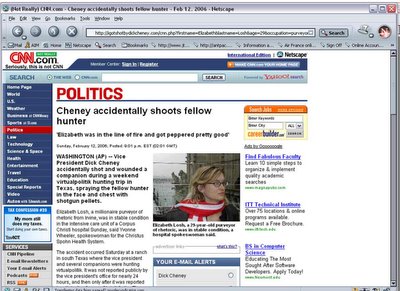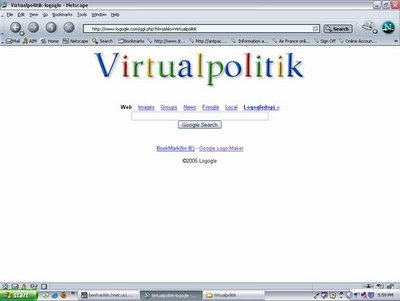Human Rights and Copywrongs

Rhetoricians who are interested in key texts that have shaped the debate over civil rights and human rights in the 20th century should be extremely concerned about recent attacks on what Lawrence Lessig has called our common "free culture" and by the perpetuation of privatizing "copywrongs," as Siva Vaidhyanathan has argued, that undermine the workings of democratic institutions and processes. Although academic webmasters and bloggers may receive encouragement to assert their fair use rights from the Electronic Freedom Foundation, universities generally urge immediate compliance with any intellectual property complaints.
For example, a DMCA notice recently went out on a century-old image of mutilated natives in the Belgian Congo. These 1903 black and white photographs were part of a wide-ranging human rights campaign that was orchestrated by missionaries, journalists, and colonial whistleblowers in order to reach the visual culture of the broadest possible public. BoondocksNet.com has asserted exclusive rights to the images under its conditions of use, even though the photographs were obviously initially intended to document and publicize abuses and not to create artifacts of intellectual property to be commodified for future generations. Boondocks isn't alone. Apparently, Anti-Slavery International controls the copyright for another frequently reproduced 1905 photograph of abuses in the Congo.
Although Boondocks' Jim Zwick contributed to the groundbreaking Crossroads Project at Georgetown and the Digital History project at George Mason University, and his materials are widely recommended on library reference pages and course syllabi, this once excellent site has clearly lost its moral and academic authority. On today's homepage for the site, primary source materials for Women's History Month are located right next to sexually exploitative advertising. (See above. I have intentionally degraded the image but preserved the regrettable juxtaposition.)
This blog has noted a second possible case of human rights copywrongs around the diary of Holocaust victim Anne Frank. Five expurgated pages from the orginal text that were critical of her parents have been involved in a series of copyright disputes in recent years. According to a 1998 New York Times article, "Paper Prints Disputed Anne Frank Pages," an Amsterdam paper that printed the pages without permission asserted, "We think the whole subject is news, and there is no copyright on news," yet copyright proprietor Cornelius Sujik disagreed. "Five Precious Pages Renewing the Wrangling over Anne Frank" from the NYT further reports that the Dutch newspaper also published the missing pages on its website, and that, although critical editions were to unite materials from the two sources under different copyrights, some historians have been caught between the warring parties. To make matters more complicated, the Anne Frank Fonds in Basel, Switzerland, which is administrated by Anne's cousin, holds the copyright on the diary itself, but the Netherlands State Institute for War Documentation with which her father Otto Frank was associated has also gotten into the fray.
Anne Frank herself aspired to be a journalist and wished to share her experiences with the public. More importantly, the diary serves as a testimony against human rights abuses under the Nazi racial state. I think of Anne Frank as being like human rights bloggers in many places now around the world. Yet as early as 1996, Frank-related copyright owners have been asserting their intellectual property rights against those who reproduce Anne Frank materials on the web without permission, as this site from the University of Washington shows.
There is a third case that could be illustrative of this trend. I have argued in the past that more historically recent civil rights rhetoric is also at stake. As Black History Month draws to a close, it is important to remember that the King Center and some of the heirs of Martin Luther King, Jr. have asserted draconian intellectual property restrictions in their Terms of Service that credit Intellectual Properties Management as the copyright holder of record. Intellectual Properties Management is run by one of King's sons, Dexter King, who in the trademark case Dexter S. King v. Trace Publishing Company, actually attempted to trademark the phrase "We Have a Dream," which wasn't even in the speech. To those who study rhetoric, the IPM situation is particularly ironic because King was a famous borrower of oratory and even may have once gone too far when he took texts from others without acknowledgement in some passages in his doctoral dissertation.
Perhaps the most egregious example of IPM's profiteering is the sale of footage from the "I Have a Dream" speech to Alcatel to create a computer generated 360 degree view of King speaking that also celebrates the communication company's products. Alcatel's MLK themed ad campaign was created by Arnold Worldwide with the digital help of Industrial Light and Magic. Although other civil rights leaders were near King at the real podium in front of the Lincoln Monument historically, these other participants in this key civil rights event have been digitally removed from the stage by the PR experts, as this page on the Media Literacy Clearinghouse at the University of South Carolina shows.
A website about the civil rights leader that Intellectual Properties Management licenses, MLK Online, is unbelievably crass and covered with ads. Yet the much better website American Rhetoric: The Power of Oratory in the United States has obviously come under fire from the IPM lawyers. American Rhetoric admits to not having permission or being a copyright holder, although they also point out that King himself borrows from Biblical sources and traditional spirituals. Lessig's own institution, Stanford, has been cooperating with IPM to secure scholarly publication and research center privileges.
In the silver-lining department, at least it is heartening to see this week that dozens of never-before-seen photographs of the civil rights movement have been released online.
Update: See "Requiem for a Website" for some important changes to the first story.
Labels: copyright, human rights



















